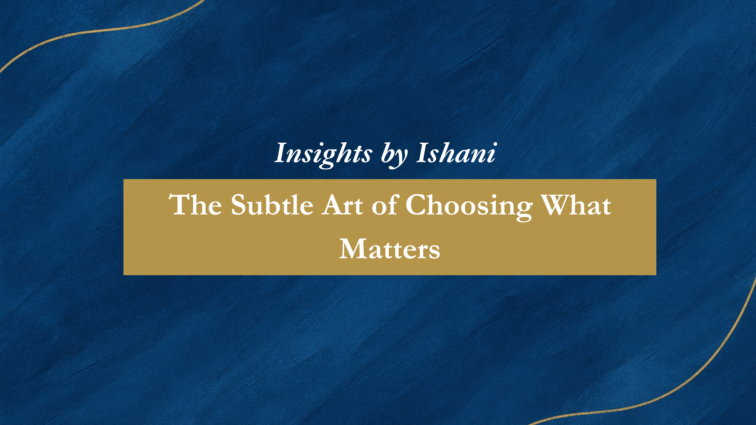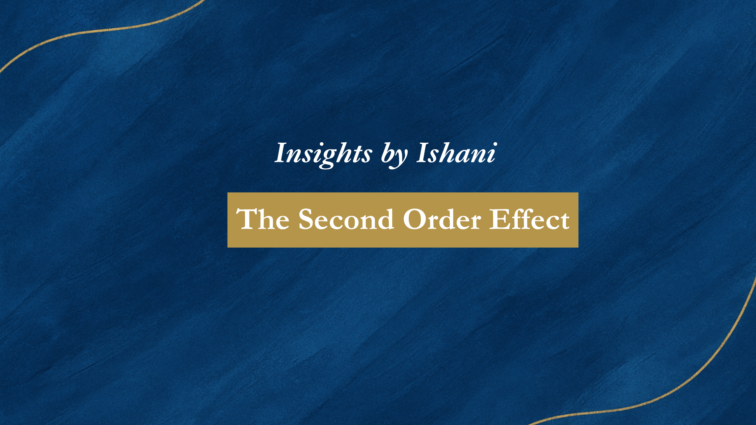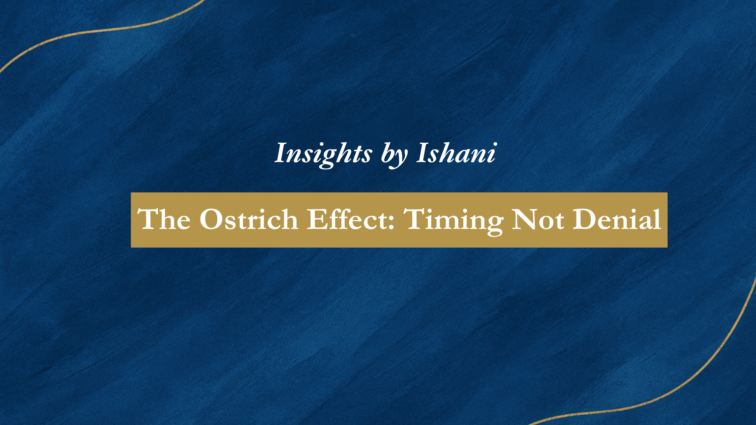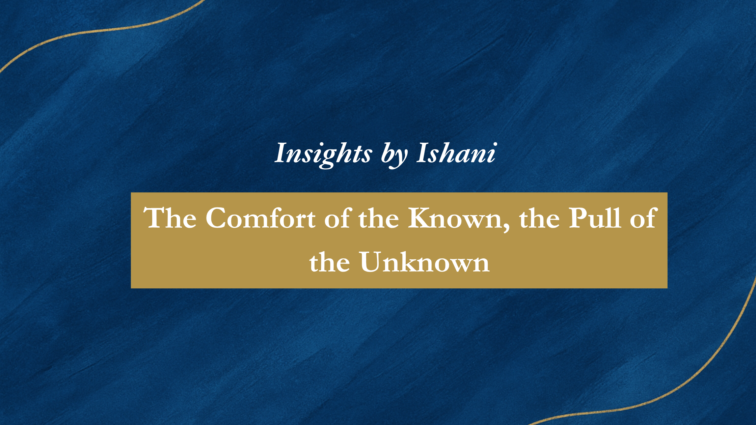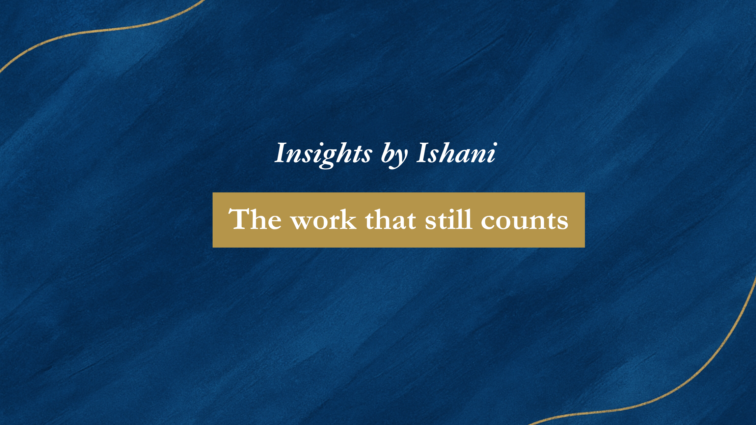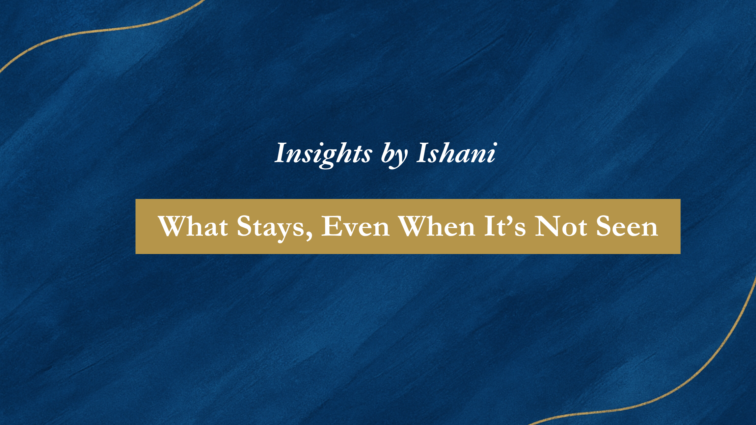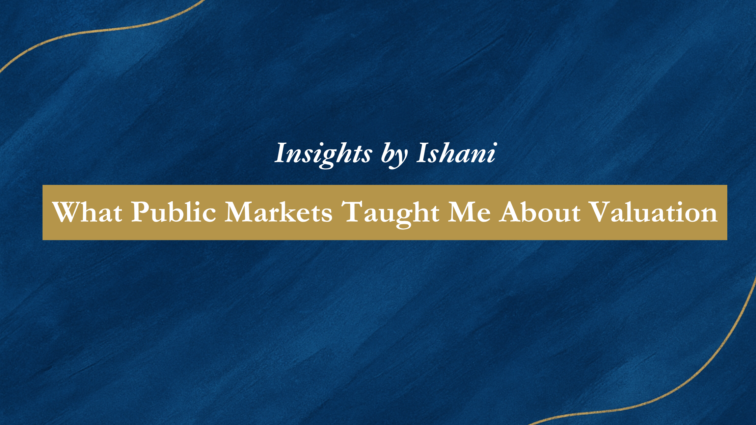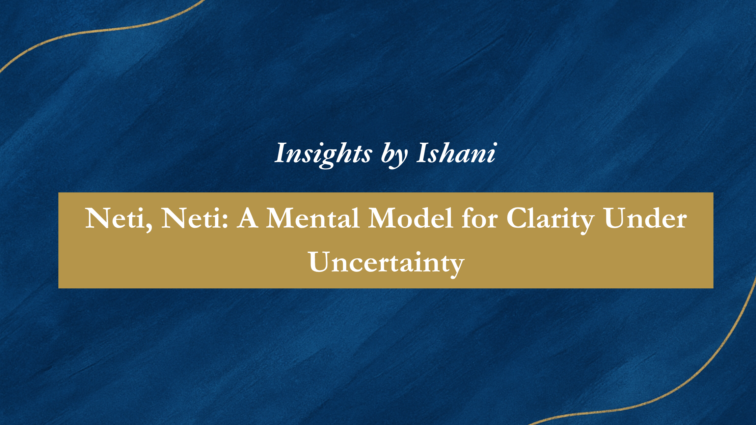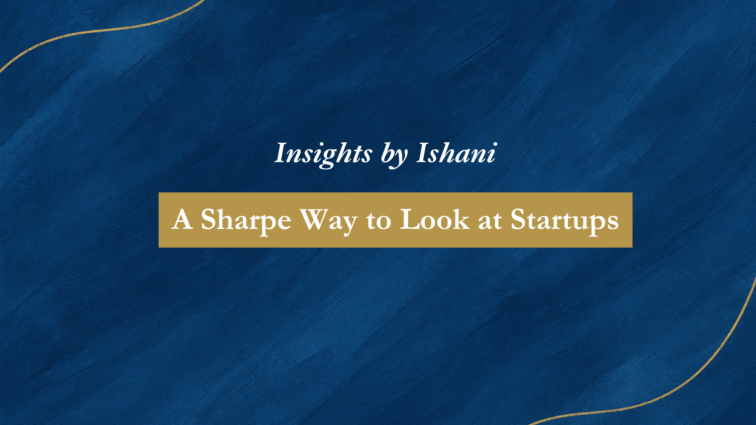We often mistake motion for progress. The inbox is full, meetings are back-to-back, and the day feels productive, until you realise you’ve spent all your time solving what’s immediate, not building what endures. Dwight Eisenhower, the 34th President of the United States, once said, “What is important is seldom urgent, and what is urgent is […]
Economist Henry Hazlitt once observed: “The art of economics consists in looking not merely at the immediate, but at the longer effects of any act or policy.” In startups and investing, the first-order effects of a decision are visible: a round raised, a product introduced, a new leader onboarded. The second-order effects emerge more quietly, […]
This weekend I was reading about the Ostrich Effect in behavioural finance, our tendency to avoid information that could bring discomfort. The term comes from the metaphor of an ostrich hiding its head in the sand, believing unseen risk is less real. In practice, it shows up in subtle ways. An investor may hesitate to […]
Over the weekend, I was reading about the Ellsberg Paradox, a thought experiment from 1961 that reveals something about how we weigh risk and uncertainty. The setup is simple: imagine two urns filled with red and black balls. From the first urn, you know there are exactly 50 red and 50 black. From the second, […]
There are seasons when outcomes are uncertain, but intent still feels clear.This verse returned to me during one of those times. “nehābhikrama-nāśho ’sti pratyavāyo na vidyatesvalpam apyasya dharmasya trāyate mahato bhayāt” – Bhagavad Gītā 2.40 “In this path no effort is ever lost, nor is any harm ever done.Even a little practice of this dharma […]
I came across a story from the Chandogya Upanishad, wherein a father teaches his son through a simple experiment.He asks him to dissolve a lump of salt in water and return the next day. By the next morning, the salt is gone, no longer visible.The father then asks his son to taste the water: from […]
One of the earliest lessons I learned in public markets was the difference between price and value. Price is what the market is willing to pay at a point in time influenced by factors such as momentum, sentiment, and liquidity. Value is what the business is actually worth, based on its ability to generate cash […]
During my MSc in Finance, Richard Thaler’s works were one of the few that left a lasting impression on me not just because they challenged how we think about decisions, but because they revealed how often context matters more than the choice itself. One idea that stood out was choice architecture, introduced in Nudge. It’s […]
I was reading about neti, neti, the Upanishadic idea of arriving at truth by negation: “not this, not that.” In theology, this is also known as via negativa, the belief that understanding deepens not by defining what something is, but by ruling out what it is not. That lens made me reflect on how such […]
In traditional finance, the Sharpe Ratio helps us assess whether returns are commensurate with the risk taken to achieve them. It measures excess return per unit of volatility, offering a way to evaluate quality of return, not just quantity. While we may not apply the formula directly in early-stage investing, the idea behind it remains useful. In startups, volatility […]

